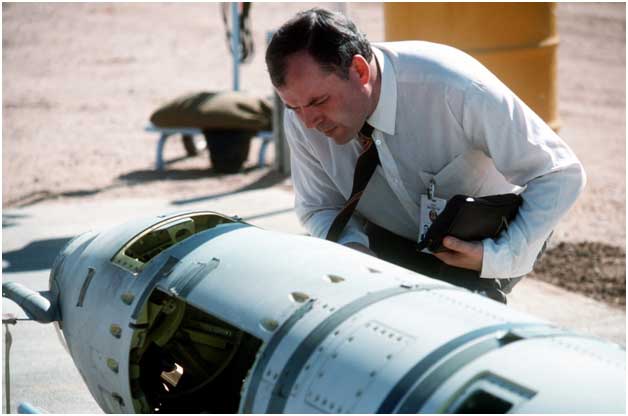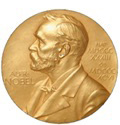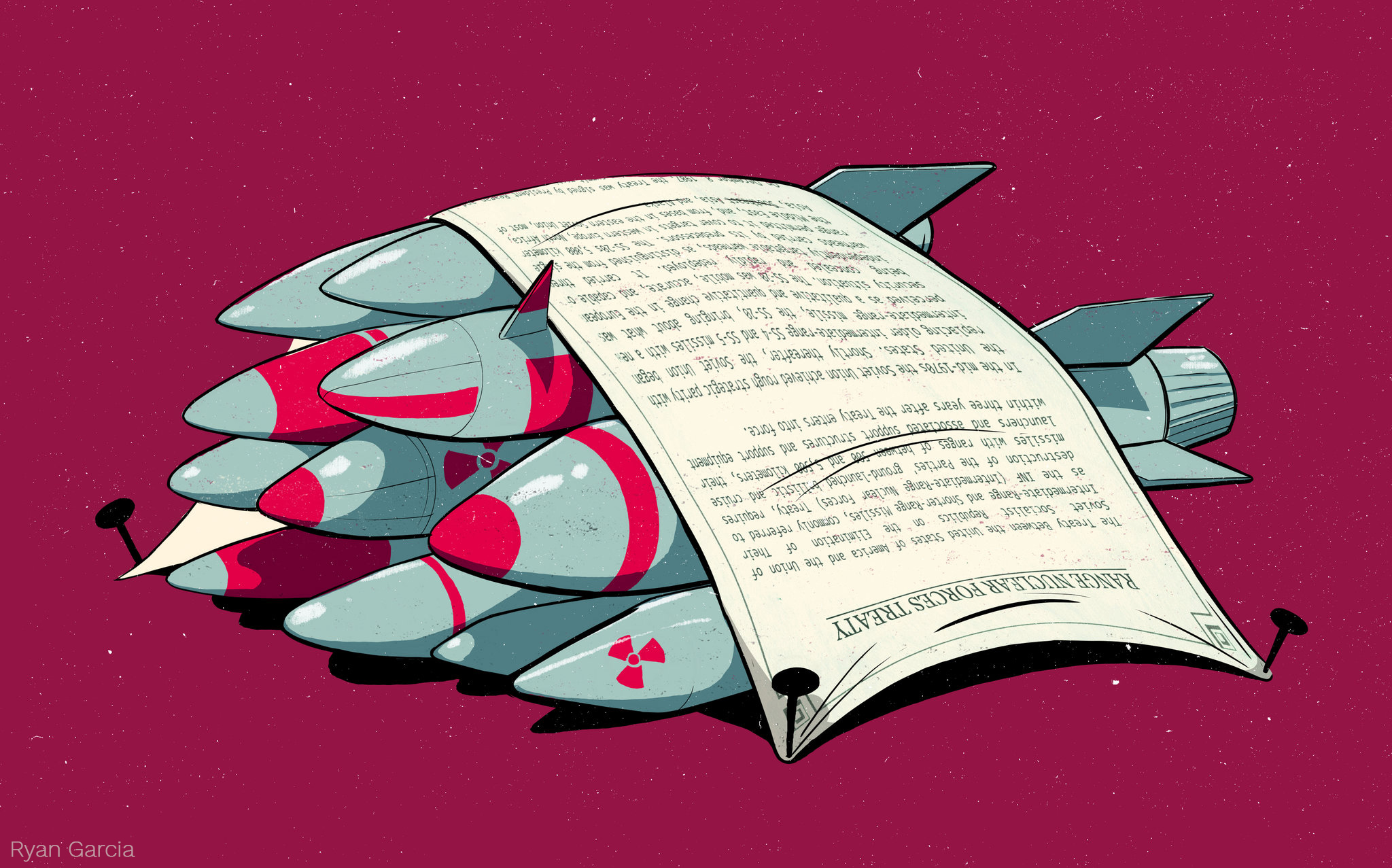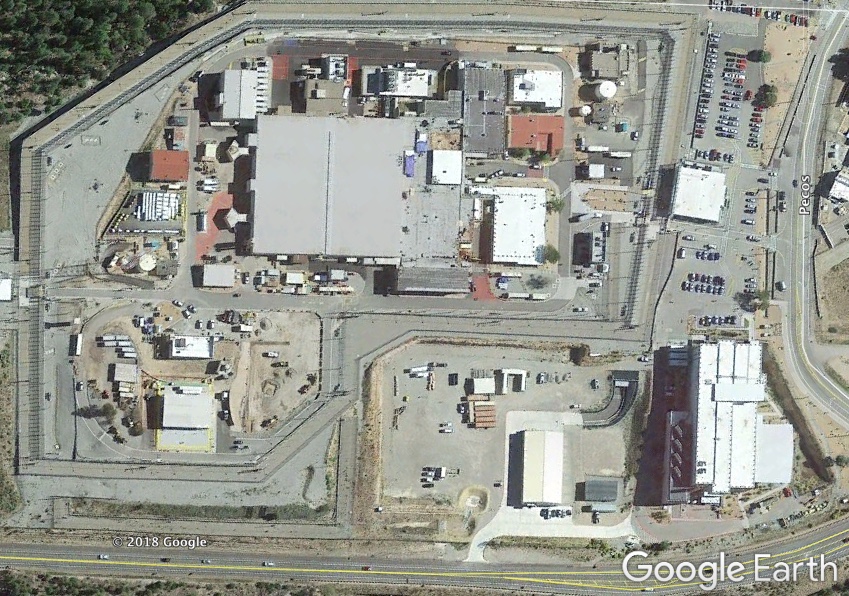Recent News
Nothing Found
It seems we can’t find what you’re looking for. Perhaps searching can help.
Abolishing Nuclear Weapons is a Moral Imperative
View Recording of the March 9th PDA CNM Community Gathering:
PDA CNM welcomed Archbishop John C. Wester, Archbishop of Santa Fe, and our own executive director of Nuclear Watch New Mexico, Jay Coghlan, to speak at their March 9, 2022 monthly gathering: “[Archbishop Wester's] courage in speaking out against the proliferation of nuclear weapons inspires us at PDACNM to follow his example and continue the fight against this peril, especially given the threat of a possible imminent war between two nuclear powers.
Jay Coghlan, executive director of Nuclear Watch New Mexico, has worked successfully against radioactive incineration at the Los Alamos National Lab, and in Clean Air Act, Freedom of Information Act and National Environmental Policy Act lawsuits against the Department of Energy. He prompted a 2006 independent study that concluded plutonium pits last at least a century, refuting the NNSA’s assertion that we “need” new-design nuclear weapons and expanded plutonium pit production.”
The Nuclear Ban Treaty
Overview
The U.N. Treaty
on the Prohibition of Nuclear Weapons
On 7 July 2017 – following a decade of advocacy by ICAN and its partners – an overwhelming majority of the world’s nations adopted a landmark global agreement to ban nuclear weapons, known officially as the Treaty on the Prohibition of Nuclear Weapons. It will enter into legal force once 50 nations have signed and ratified it.
Prior to the treaty’s adoption, nuclear weapons were the only weapons of mass destruction not subject to a comprehensive ban, despite their catastrophic, widespread and persistent humanitarian and environmental consequences. The new agreement fills a significant gap in international law.
It prohibits nations from developing, testing, producing, manufacturing, transferring, possessing, stockpiling, using or threatening to use nuclear weapons, or allowing nuclear weapons to be stationed on their territory. It also prohibits them from assisting, encouraging or inducing anyone to engage in any of these activities.
Why a ban?
A nation that possesses nuclear weapons may join the treaty, so long as it agrees to destroy them in accordance with a legally binding, time-bound plan. Similarly, a nation that hosts another nation’s nuclear weapons on its territory may join, so long as it agrees to remove them by a specified deadline.Nations are obliged to provide assistance to all victims of the use and testing of nuclear weapons and to take measures for the remediation of contaminated environments. The preamble acknowledges the harm suffered as a result of nuclear weapons, including the disproportionate impact on women and girls, and on indigenous peoples around the world.
The treaty was negotiated at the United Nations headquarters in New York in March, June and July 2017, with the participation of more than 135 nations, as well as members of civil society. It opened for signature on 20 September 2017. It is permanent in nature and will be legally binding on those nations that join it.
Nuclear weapons are the most inhumane and indiscriminate weapons ever created. That is why it is time to end them, before they end us.
Nuclear weapons are the most inhumane and indiscriminate weapons ever created. They have catastrophic humanitarian and environmental consequences that span decades and cross generations; they breed fear and mistrust among nations, as some governments can threaten to wipe out entire cities in a heartbeat; the high cost of their production, maintenance and modernisation diverts public funds from health care, education, disaster relief and other vital services. Banning these immoral, inhumane weapons under international law was a critical step along the path to ending them.
With the adoption of the UN Treaty on the Prohibition of Nuclear Weapons (TPNW) on July 7th, 2017, the world's majority took a critical step towards making that nuclear-weapon-free future a reality.
Nuclear Weapons Ban Treaty News & Updates
The Urgency of Banning Nuclear Weapons
ICAN Honored: 2017 Nobel Peace Prize Ceremony
- 6.36 – Address of Nobel Committee leader Berit Reiss-Andersen on the choice of ICAN for the 2017 Peace Prize (view transcript)
- 35.12 – Presentation of the award to ICAN’s Beatrice Fihn and Setsuko Thurlow
- 44.22 – ICAN Director Beatrice Fihn address (view transcript)
- 1.03.55 – Setsuko Thurlow address (view transcript)
Nobel Peace Prize For International Campaign to Abolish Nuclear Weapons
“The Norwegian Nobel Committee has decided to award the Nobel Peace Prize for 2017 to the International Campaign to Abolish Nuclear Weapons (ICAN). The organization is receiving the award for its work to draw attention to the catastrophic humanitarian consequences of any use of nuclear weapons and for its ground-breaking efforts to achieve a treaty-based prohibition of such weapons. We live in a world where the risk of nuclear weapons being used is greater than it has been for a long time. Some states are modernizing their nuclear arsenals, and there is a real danger that more countries will try to procure nuclear weapons, as exemplified by North Korea. Nuclear weapons pose a constant threat to humanity and all life on earth.”
The award was the lead story this morning on Germany’s Deutsche Welle with a video interview with Yanthe Hall of ICAN Germany.
Democracy Now, Oct. 6: Amy Goodman interviews Tim Wright, Asia-Pacific director of ICAN on the Nobel award and the ban treaty. (watch segment).
International Campaign to Abolish Nuclear Weapons Wins Nobel Peace Prize- NukeWatch Calls on New Mexico Politicians and Santa Fe Archbishop To Support Drive Towards Abolition
Santa Fe, NM.
Nuclear Watch New Mexico strongly applauds the awarding of the Nobel Peace Prize to the International Campaign to Abolish Nuclear Weapons (disclosure: NukeWatch is one of ICAN’s ~400 member groups around the world). This award is especially apt because the peoples of the world are now living at the highest risk for nuclear war since the middle 1980’s, when during President Reagan’s military buildup the Soviet Union became convinced that the United States might launch a pre-emptive nuclear first strike. Today, we not only have Trump’s threats to “totally destroy” North Korea and Kim Jong-un’s counter threats, but also renewed Russian fears of a US preemptive nuclear attack… Generally unknown to the American taxpayer, our government has quietly tripled the lethality of the US nuclear weapons stockpile…”
What Will Be Different After September 20, 2017?
“So here is a question for all of us to think about: how will it change the global conversation when a treaty is affirmed by so many countries from all over the world? What will it feel like to know the clock is ticking down to nuclear weapons abolition . . . instead of worrying that the clock is ticking down to nuclear war? What will be different about the way people talk about the behavior of the states that still stubbornly hold on to nuclear weapons (and threaten each other with them)? In what light will it cast the countries that rely on the “nuclear umbrella” of countries like the US?”
-Joe Scarry, “Nuclear Weapons Abolition: What Will Be Different After September 20?”
ICAN IGTV
The international campaign to abolish nuclear weapons on instagram (@nuclearban) tackling some of the more technical legal questions of the treaty: what does entry into force mean, what happens now? Joined with experts, they dive into international law and the TPNW (without getting too technical!) through instagram chats to help break it all down.
View this post on InstagramTim Wright in conversation with Associate Professor Treasa Dunworth of the University of Auckland
A post shared by ICAN (@nuclearban) on
View this post on InstagramA post shared by ICAN (@nuclearban) on
View this post on InstagramA post shared by ICAN (@nuclearban) on
Nothing Found
It seems we can’t find what you’re looking for. Perhaps searching can help.
Quotes
Nothing Found
It seems we can’t find what you’re looking for. Perhaps searching can help.
All Nuclear Arms Reduction and Non-Proliferation Updates & Recent News
Trump is Fixating on Another ‘Wall’ That Will Almost Certainly Fail to Live Up to his Promises
BY THE TIMES EDITORIAL BOARD | latimes.com
In 1983, in what came to be known as his “Star Wars” speech, President Ronald Reagan unveiled an ambitious vision for a missile defense system that would render the need for traditional nuclear deterrence unnecessary. Reagan asked: “What if free people could live secure in the knowledge that their security did not rest upon the threat of instant U.S. retaliation to deter a Soviet attack, that we could intercept and destroy strategic ballistic missiles before they reached our own soil or that of our allies?”
The “Star Wars” label proved prophetic, because Reagan’s vision of an impermeable shield that would deflect incoming nuclear missiles proved to be the stuff of science fiction. Missile defense has achieved modest successes, but it also has been marked by embarrassing failures.
Comment by the Information and Press Department on Space-based Elements Outlined in the US Missile Defence Review
mid.ru | We have taken note that in the US Missile Defence Review (MDR) published on January 17, a serious emphasis is placed on the formation of a space-based missile defence group, including missile interceptors. Deployment of such systems in space is ostensibly designed to make it easier to destroy different types of missiles in the boost phase over enemy territory. To achieve this, the US Defence Department has been instructed to study the most advanced technology, as well as draw up a time schedule, costs and personnel requirements.
We consider this to be further evidence (on a par with the decision to create space-based armed forces and the allocation of funds for the development of space-based missile defence) of Washington’s real intention to use outer space for combat operations and ensuring US domination in space in the near future. We are deeply disappointed that instead of developing constructive dialogue on the issues of strategic stability and preventing an arms race in space the US preferred to return to the implementation of yet another version of Ronald Reagan’s Star Wars programme.
‘Trump Could Hardly Have Chosen a Worse Moment’
In a DER SPIEGEL interview, German Foreign Minister Heiko Maas laments America’s rejection of multilateralism and says that Donald Trump does not view the U.S. as the leading power among liberal democracies. He’s hoping to save the INF.
Interview by CHRISTIANE HOFFMAN and CHRISTOPH SCHULT | spiegel.de
DER SPIEGEL: Mr. Minister, United States President Donald Trump has turned against a global order based on international rules and agreements. In response, you called for the creation of an “Alliance of Multilateralists” last summer. How is that alliance coming along?
Maas: It’s growing. Many countries are seriously concerned that the principle of might makes right is once again being applied internationally.
US to Begin INF Treaty Pullout Next Month After Russia Missile Talks Fail
Officials reject Russian offer to inspect new missile; US says it will suspend observance of treaty on 2 February.
By JULIAN BORGER in Washington theguardian.com | Wed 16 Jan 2019 18.29 EST
Sergei Lavrov, Russia’s foreign minister, accused the US of intransigence.Photograph: Pavel Golovkin/AP
The US has rejected Moscow’s offer to inspect a new Russian missile suspected of violating a key cold-war era treaty, and warned that it would suspend observance of the treaty on 2 February, giving six-month notice of a complete withdrawal.
The under-secretary of state for arms control and international security, Andrea Thompson, confirmed the US intention to withdraw from the treaty after a meeting with a Russian delegation in Geneva, which both sides described as a failure.
Nuclear arms treaty faces collapse after failed US-Russia talks
By BEN SIMON/ AP channelnewsasia.com
Geneva (AFP) – The survival of a key nuclear arms control treaty was cast further in doubt Tuesday after the US and Russia blamed each other for pushing the agreement to the brink of collapse.
Senior diplomats from both countries met in Geneva amid widespread concern over the fate of the bilateral Intermediate-Range Nuclear Forces Treaty, which successfully put an end to a mini-arms race after it was signed in 1987.
US President Donald Trump said in October that his country would pull out of the deal unless Russia stops violating it. Russian President Vladimir Putin has threatened to develop nuclear missiles banned under the treaty if it is scrapped.
Renew Nuclear Arms Control, Don’t Destroy It
By Andrew Lichterman and John Burroughs
Andrew Lichterman is Senior Research Analyst for Western States Legal Foundation, based in Oakland, California. John Burroughs is Executive Director of Lawyers Committee on Nuclear Policy, based in New York City.

ipsnews.net | NEW YORK, Jan 2 2019 (IPS)
A hard-earned lesson of the Cold War is that arms control reduces the risk of nuclear war by limiting dangerous deployments and, even more important, by creating channels of communication and understanding. But President Donald Trump and his National Security Advisor John Bolton appear to have forgotten, or never learned, that lesson.
In late October, Trump announced an intent to withdraw from the Intermediate-Range Nuclear Forces (INF) Treaty. Secretary of State Mike Pompeo subsequently stated that the US will suspend implementation of the treaty in early February. While US signals have been mixed, initiation of withdrawal at that point or soon thereafter appears likely.
Don’t Tear Up This Treaty
Arms control isn’t perfect. But abandoning treaties without a plan for the future is dangerous.
The Editorial Board
The editorial board represents the opinions of the board, its editor and the publisher. It is separate from the newsroom and the Op-Ed section.
nytimes.com | Dec. 15, 2018
Every American president from John F. Kennedy to Barack Obama has successfully negotiated an agreement with the Soviet Union, or the Russian federation, to reduce the threat from both countries’ vast nuclear arsenals. More than a dozen treaties limiting nuclear testing, nuclear weapons, activities in outer space and missile defense have been part of this mix.
The need for such restraint is irrefutable: No weapons are more lethal and potentially more destabilizing to the world than those that have earned the moniker “city killers.”Continue reading
Letter from 26 Senators Responding to Trump’s Nuclear Policy

FOR IMMEDIATE RELEASE: Thursday, December 13, 2018
FOLLOWING PRESIDENT TRUMP’S ALARMING DECISION TO DEVELOP NEW NUCLEAR WEAPONS WHILE ALSO MOVING TO UNILATERALLY ABANDON THE BIPARTISAN NUCLEAR TREATIES THAT HAVE HELPED KEEP THE WORLD SAFE FROM NUCLEAR WAR FOR DECADES, SENATORS GILLIBRAND, MERKLEY, WARREN, MARKEY, FEINSTEIN, KLOBUCHAR LEAD GROUP OF 26 SENATORS IN CALLING ON PRESIDENT TRUMP TO WORK TO PRESERVE THESE VITALLY IMPORTANT TREATIES, AVOID DRAGGING OUR COUNTRY INTO A DANGEROUS NEW NUCLEAR ARMS RACE WITH RUSSIA
Senators: “Your Administration’s Efforts to Double Down on New, Unnecessary Nuclear Weapons While Scrapping Mutually Beneficial Treaties Risks the United States Sliding Into Another Arms Race with Russia and Erodes U.S. Nonproliferation Efforts Around the World”
Watchdog groups seek review of plutonium plan
Andy Stiny | The Santa Fe New Mexican
Three nuclear watchdog groups across the U.S., including Santa Fe-based Nuclear Watch New Mexico, are accusing the National Nuclear Security Administration of creating a plan to increase production of plutonium bomb cores in violation of an environmental law.
Atomic Bomb Survivors Urge Trump Not To ‘Turn Clock Back’
BY AI TANABE, Staff Writer The Asahi Shimbun
Hibakusha atomic bomb survivors admonished U.S. President Donald Trump for threatening to walk away from the Intermediate-range Nuclear Forces (INF) treaty in a protest letter sent to the U.S. Embassy in Tokyo on Oct. 22. The note, addressed in Japanese to the commander-in-chief, was compiled by five hibakusha groups in Nagasaki expressing their concerns over the proposed withdrawal from the 1987 treaty signed by the United States and the Soviet Union.
The groups stated that if the United States pulls out of the treaty, “global momentum for nuclear disarmament will fade away while the likelihood of a nuclear war crisis will rise.”
2021 & Earlier
Nothing Found
It seems we can’t find what you’re looking for. Perhaps searching can help.
Resources
Nothing Found
It seems we can’t find what you’re looking for. Perhaps searching can help.
Nothing Found
It seems we can’t find what you’re looking for. Perhaps searching can help.
Quotes
Nothing Found
It seems we can’t find what you’re looking for. Perhaps searching can help.





